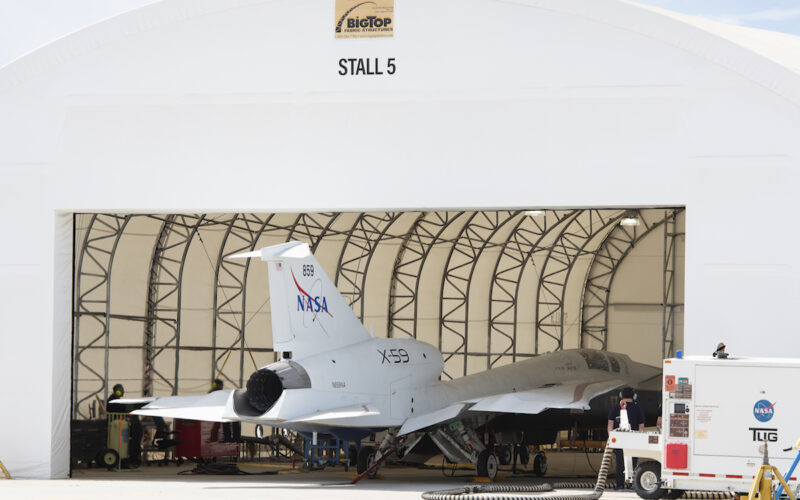NASA’s X-59 experimental aircraft has had its engines fired up for the first time at Lockheed Martin’s Skunk Works facility in Palmdale, California.
The US space agency reported that the engine tests started on October 30, 2024, with the goal of verifying that the aircraft’s systems work well when using the aircraft’s own power source. Power for previous tests was provided externally.
The X-59 is part of NASA’s Quesst mission, which aims to develop a supersonic aircraft with a low sonic boom. If successful, this may eventually lead to a greater wider acceptance of supersonic aircraft for a wider array of missions than they carry out today.
The test program will be conducted in phases, with the first, which has just started, running the engine at low speeds while the aircraft remains on the ground.
In later testing stages, engineers will turn on the power progressively to simulate real flight conditions before performing the first flight, slated for early 2025.
It is expected that, when fully developed, the X-59 will be able to cruise at Mach 1.4 speeds (925 miles per hour) while at an altitude of 55,000 feet.
It has been fitted with a modified GE F414-GE-100 engine, which can generate up to 22,000 pounds (about 9979.02 kg) of thrust, and sits atop the aircraft in a configuration devised to help reduce the aircraft’s noise profile.

